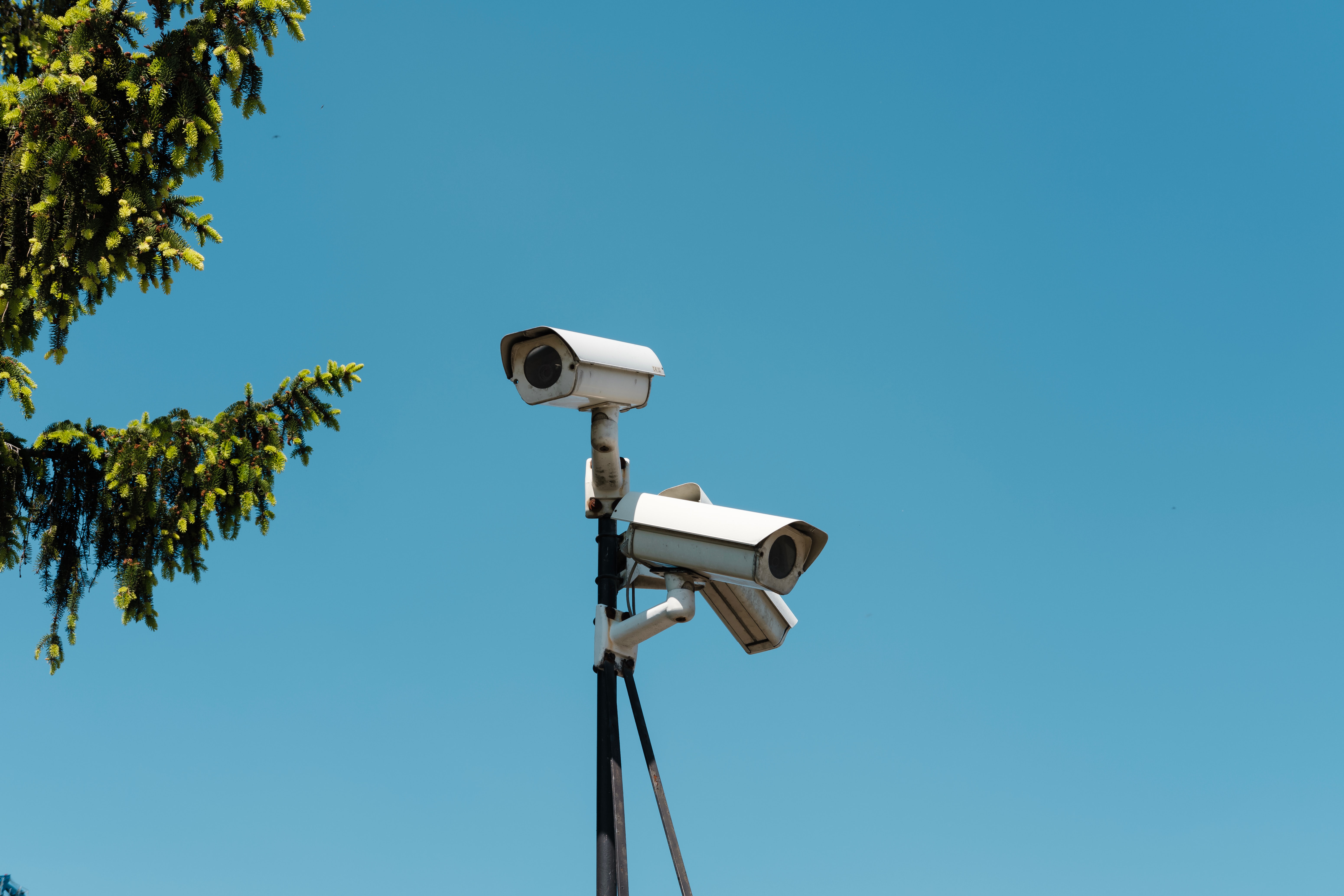
The Secret to Hybrid: Trust One Another
At the end of the day, workplace choice comes down to trust. Employee surveillance – productivity monitoring to its advocates, “tattle-tech” to its opponents – is the opposite of trust. It’s also growing in popularity in our emerging workplace culture.
The future of work has arrived. Here’s how to make it work for you.
A recent article in the New York Times cites a proposal by New York’s Metropolitan Transportation Authority to allow its engineers and other employees to work remotely one day a week, but only if they agreed to full-time productivity monitoring. The response to the organization’s new policy was swift and overwhelmingly negative, to say the least. It begs the question, how such a quizzical, cynical, and tone-deaf pact could be suggested in the first place?
Not for the first time, not everyone appears to have gotten the memo. In this instance, the surprising lack of awareness pertains to the value employees today place on workplace choice. The wrench in the works, where workplace choice isn’t working, or has been slow to take hold, appears to be the employer / employee relationship itself. Wondering whether your remote employees are actually working at home, at the cafe, on island in the South Pacific, in between Mai Tai’s and surf sessions, has set in motion a flurry of activity and software development designed to ensure that they are.
Setting aside privacy issues, to say nothing of the point that no one wants to be spied on (even reading the article, which replicated the effects electronic surveillance, appears to have kindled feelings of anxiety in some NYT readers) the ultimate success of remote freedom hinges on trust; indeed, employee trust and workplace choice are inexorably intertwined. And as the response to the Times articles makes plain, you can’t give trust with one hand and take it away with the other.
Finding the link between flex and trust
If New York’s Metro Transit Authority sits at one end of the “employee trust” spectrum, at the other end of the spectrum there’s LinkedIn. Suffice to say, electronic surveillance plays no role in the company’s remote work policy. LinkedIn’s Leadership appears wholly confident in their employees’ ability to achieve high levels of productivity without monitoring; where hybrid work is concerned, its pretty simple / message boils down to this – trust one another.
We trust each other to do our best work where it works best for us and our teams.
– Ryan Roslansky, CEO, LinkedIn
Scrubbing any trace of office attendance from its official handbook, the company offered its employees total flexibility with respect to how they schedule their work weeks. But boundless flexibility only tells part of the story. The company’s stance is less about where and when and more about who – its people. Companies like LinkedIn with true flexible workplace policies are betting big on their employees, and their hedging those bets by hiring the best people they can find, regardless of where they happen to be located.
Who can you trust?
Experts agree there are two main types of trust that pertain to the workplace: competence trust and interpersonal trust. The former, competence trust, has strictly to do with one’s professional ability; the latter, interpersonal trust, is based on less tangible criteria: human connection, integrity, even warmth. Both types of trust are important. A jerk that produces high-quality, high-volume work in a timely manner is no more inherently trustworthy than an incompetent that happens to be an extremely nice person.
Similarly, there are two different types of trust personalities at play in the workplace, those who are willing to give their colleagues the benefit of the doubt from the start and and those that offer no slack whatsoever, that need to have their faith in their fellow colleagues justified in advance.
The point of these distinctions isn’t that one group is better or more desirable than the other, it’s that trust is built on a foundation, and that any successful workplace policy starts with a deeper understanding of its people – managers, leaders and employees alike.
Productivity, or accountability
Back to tattle-tech, er, rather, employee surveillance. NY’s Metro Transit Authority is no outlier, sadly. More companies are using software to monitor how employees spend their workdays. Research from the public opinion company YouGov found 20 percent of global businesses are now using technology trackers to keep tabs on their employees’ digital activity. A separate study from the New York Times found that eight out of the ten of the largest private U.S. employers, including J.P. Morgan, Barclays Bank, and UnitedHealth Group, are monitoring their employees, suggesting the bigger the company, the greater the trust deficit.
Apart from the appeal of “keeping their people honest” – derelict workers beware! – proponents of monitoring point to the data it affords, powerful insights to work that managers can leverage to help everyone be more effective at their jobs. Users of platforms like Veriato, TeraMind, Insightful and others aren’t wrong about that – employee monitoring software does confer valuable insights into worker productivity. Companies are certainly free to track their employees, as long as the practice outlined in their employment contract. How employees that meet (or fail to meet) expectations or quotas are rewarded (or disciplined) is left to the employer’s discretion.
Insights are important to any business. But companies that invest in tracking software are also not reading the room. (And that’s putting it mildly.) Humiliating. Toxic. Demoralizing. These are just a few of the numerous unflattering terms employees are using to describe being monitored, tracked, prompted. Even if an insight or two is gleaned, is the tradeoff worth it? It’s also unclear if managers-turned-monitors know what they’re supposed to be tracking, or what constitutes productivity. Phone time? Email writing? Keyboard activity? Thoughtfulness? With its heavy reliance on physical indicators, productivity monitoring effectively shifts the emphasis of work to performance. Am I being watched? Do I look busy? If I don’t look busy, will I lose my bonus? Needless to say, such paranoid thinking runs counter to the spirit of thoughtful and constructive engagement, and is likely to cause employee stress levels to increase more than employee output. Aren’t we already living in anxiety-inducing times?
Then there’s the fact that your employees will resent you. A lot. “Monitoring is interpreted by employees as not being trusted to do their work, impinging on their sense of control over their work and their trust of their manager and organization as a whole,” says Caroline Knight, research fellow at Curtin University’s Future of Work Institute in Perth, Australia, who is leading an ongoing study on the impact of Covid-19 on work, wellbeing and performance.
Going back to LinkedIn, the company’s emphasis on trust was complemented by a focus on accountability. Employers are accountable to their employees, but the same is true in reverse. Trust cuts both ways,and results more often than not speak for themselves. It’s the contributions that count, not the counting of keystrokes. No “Tattle-Tech” required.
Building and/or repairing trust in the workplace
Interested in making trust a pillar of your organization’s post-pandemic remote-friendly workplace policy? Or maybe you’re hoping to repair the culture of distrust that’s developed in the wake of Covid-19, and may have been festering before the outbreak? No matter the motive, there are steps you can take to effectively build or repair trust. Spoiler alert: Not one of them involves a software platform.
- Recruit high performers – the best employees don’t need to be watched, they’re already motivated to make an impact.
- Provide experienced leadership – many supervisors haven’t been trained to manage a team remotely, subjecting them to the urge of over-monitoring employees. Empathy is key. There’s no better way to promote trust.
- Offer compensation, benefits and retention incentives that exceed employee expectations.
- Get together! In-person interactions reinforce our professional relationships, and make it harder (or less enticing) to make assumptions about each other’s motives or behavior.
- Foster a sense of belonging. Inclusion is arguably another pillar of the new era of work, and a great way to build (or repair) company culture. And equal access to opportunities and resources shouldn’t be dependent on an employee’s location.
- Be honest. Provide timely information about where the business is headed – transparency goes a long way with employees. And people, more broadly.
For start-ups, publicly traded companies and everyone in between, trust has become an issue of high relevance. Arguably, trust has become the cornerstone of the new era of work. However, trust can’t be selective. With remote work gaining in popularity, efforts to micromanage employee output feel incompatible, if not downright illogical. If anything, they underscore just how delicate the fabric of trust in any organization’s workplace culture can be. Employee monitoring isn’t new, of course, and surveillance (e.g. time cards or cameras) has never been an ideal management tool for culture building, worker morale, or productivity. Employees aren’t widgets, and no amount of screen time tracking or keyboard monitoring can be a substitute for motivating workers through empathy and engagement. Conversely, the consequences of a culture of distrust can include diminished productivity, innovation and motivation – no one’s idea of a better business model.
If the New York Times article gives any indication, what our new workplace normal cries out for is a new trust paradigm. How do you know if the people who are still working from home are actually working? If you hired the right people, you won’t have to ask. If you hire the right people, you’ll actually be able to relinquish control, within parameters, without worrying about productivity losses or compromising company culture. Hiring the best employees, compensating them fairly and treating them like people, even partners, but definitely not like pieces of machinery, will do more than mitigate trust issues between remote employers and their managers, or entire workforces and the C-suite. Organizations that demonstrate genuine faith in their employees will foster more trust, be better trusted in return, and be better equipped for the road ahead.
Ready to continue your journey?
There are two great ways to do it.
Ready to continue your journey?
There are two great ways to do it.






